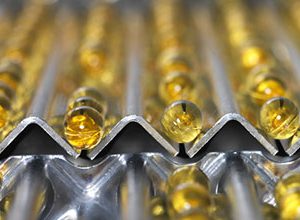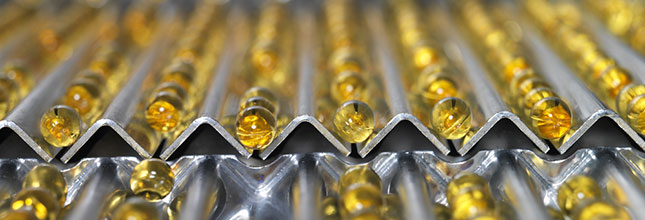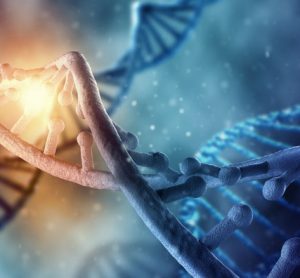MicroRNAs and their relatives – new avenues in biomedical research
23 November 2007 | By
Non-coding RNAs (ncRNAs) consist of a growing heterogeneous class of transcripts defined as RNA molecules that lack any extensive “Open Reading Frame” (ORF) and function as structural, catalytic or regulatory entities rather than serving as templates for protein synthesis. While non-coding sequences make up only a small fraction of the…








